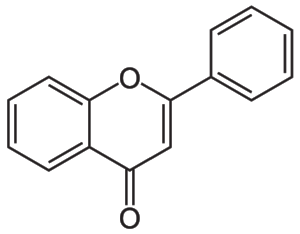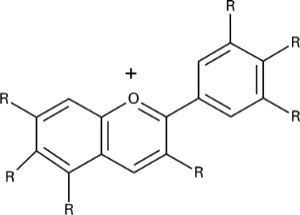Are haskaps really nutritious?
Plant Phytochemistry & Nutrition
Haskap berries are considered a medicinal "superfood" due to their rich nutritional makeup.
Much of the therapeutic benefit is that haskaps are antioxidant and anti-inflammatory in action, a necessary component of treating most modern health concerns. Compared to other berries, haskaps are superior in their total antioxidant content, having 3-6x more antioxidant capacity than other fruits or 3x that of a blueberry (1).
Plant compounds called phenols are essential for growth and reproduction of plants. Anthocyanins, a type of phenol give haskap's skin and juice its characteristic colour and may be of greatest benefit. Both anthocyanins and polyphenols are beneficial for several chronic diseases including cancer, heart disease and aging. [3]
The antioxidant activity is mostly associated with total phenolic content than with a single class of compounds. Consuming whole haskap berries is superior to antioxidant supplementation due to the bioavailability of compounds through digestion and absorption, as well as the synergistic effects of all haskap nutritional compounds.
Flavonoid
Anthocyanin
Phenol
QUERCETIN
ANTHOCYANINS
Anthocyanins are regarded as the most potent antioxidant of all plant flavonoids, having higher capability than vitamin E, C or beta-carotene.[1]
Anthocyanins are:
Cardioprotectant
Anti-diabetic
Anti-cancer
Anti-inflammatory | Inhibition of COX I and II activity and suppresses NF-KB [1, 4]
Anti-microbial
Phenols--> Flavonoids--> Anthocyanin--> C3G | Flavon-3-ol | Flavonol--> Quercetin
The dominant anthocyanin is cyanidin 3-glucoside (C3G) which shows potential in treating diabetes, elevated lipids and cholesterol, and obesity.
Quercetin, a flavonol, is another phenolic compound that has huge medicinal benefit, including anti-cancer properties
Citations
1. Rupasinghe, H.P. et al (2012) Short communication: haskap (lonicera caerulea): a new berry crop with high antioxidant capacity. Canadian Journal of Plant Sciences. 92. pg 1311-1317.
Svarcova, I. et al (2007)
2. Chen, L. et al (2014)
3. Chaovanalikit, A. et al (2004)
4. Kula, L. et al (2013)





